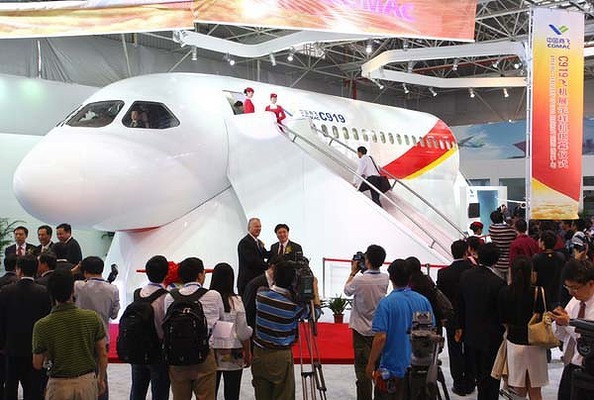China's C919 commercial jet will be delayed by two years from its scheduled maiden flight and delivery, according to people familiar with the program, the Global Times reported.
According to the report, the commercial aircraft was originally planned to fly by the end of 2015 but was pushed back to the first half of 2016.
The C919 jet, a narrow aircraft which can carry 156-168 passengers, was built to compete with the Airbus A320 and Boeing 737, the report added.
Sources said that the final assembly of the first aircraft took longer than its scheduled release from the production facility in Shanghai.
China's state-owned Commercial Aircraft Corp. of China (Comac), the company that led the design, development and production of the C919, declined to comment.
One of the sources said that the company is checking everything, ensuring that there will be no safety issues with the first aircraft.
The report said that industry experts believe that the C919 can compete with Airbus and Boeing aircrafts in the narrow-body category, which accounts for more than 50 percent of airplanes in service.
According to the report, the first C919 plane may be delivered on 2018, but could likely be pushed back to as late as 2020. The aircraft is believed to be technologically inferior, compared to the re-engined and improved versions of the 737 and A320, which will fly into service in the next two years.
The report said that further delays will make it more difficult for Comac to create an impact outside China. The company has committed 450 C919s to Chinese airlines, leasing companies owned by banks, and financial institutions of the country.
The report added that Comac has still more work to do on the aircraft as systems integration may be completed by the end of 2015, while the ground tests could take several months, further delaying the flight test program.



























